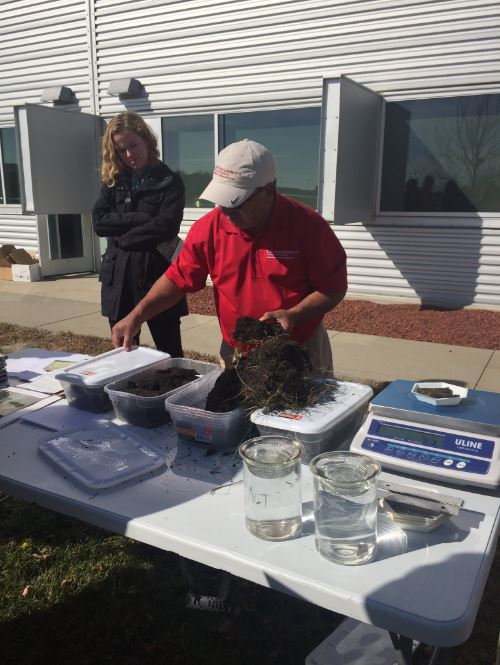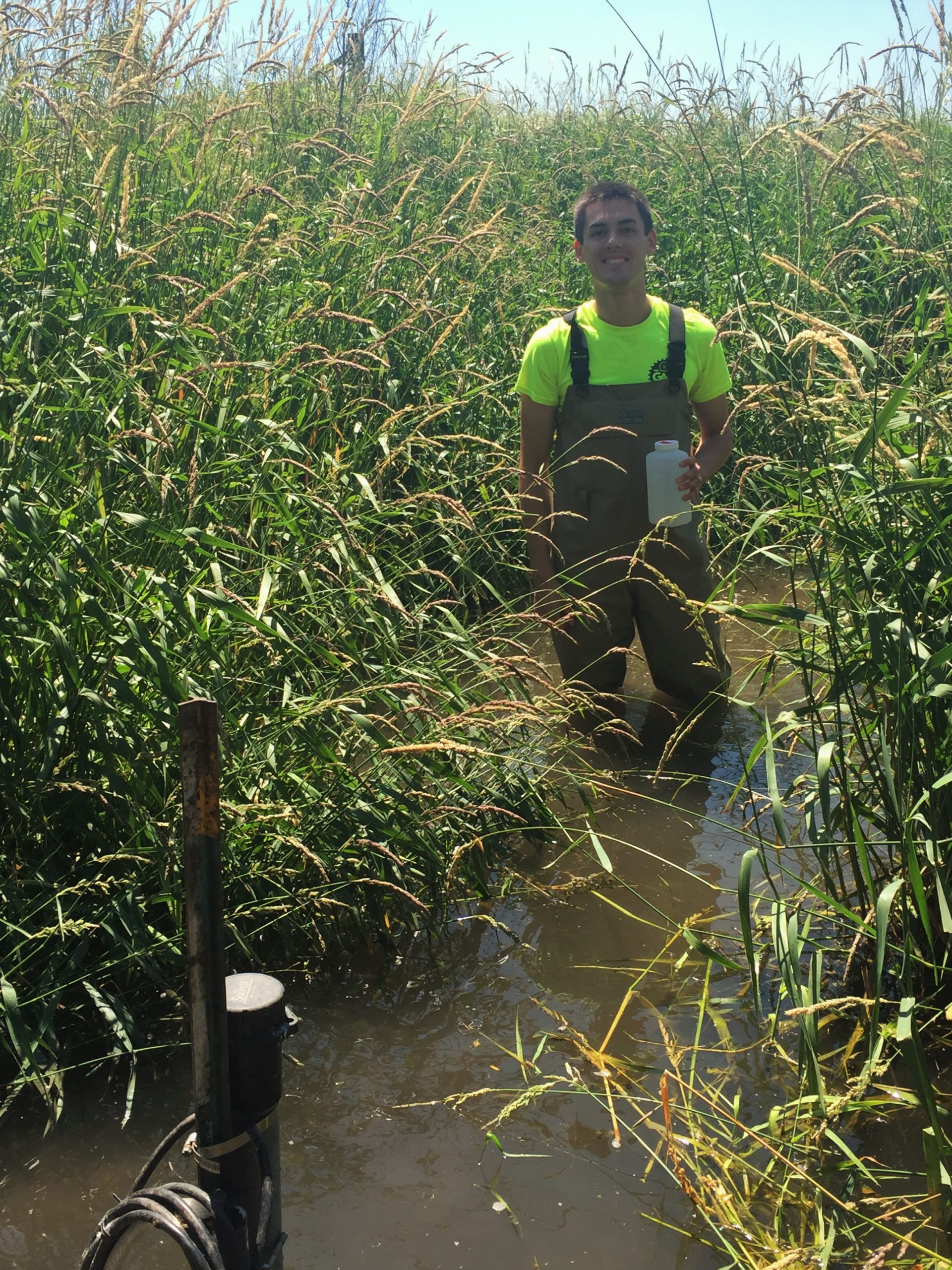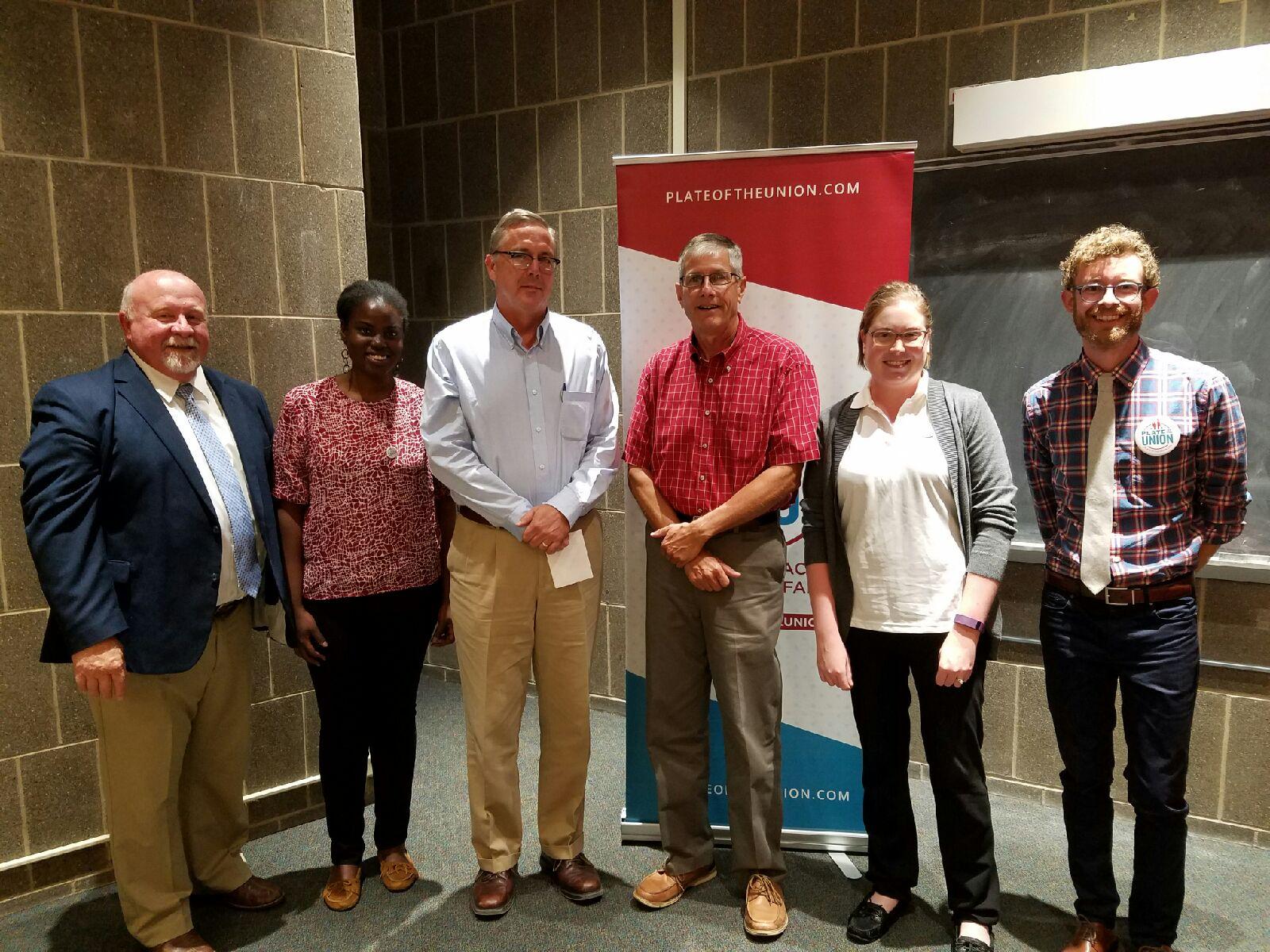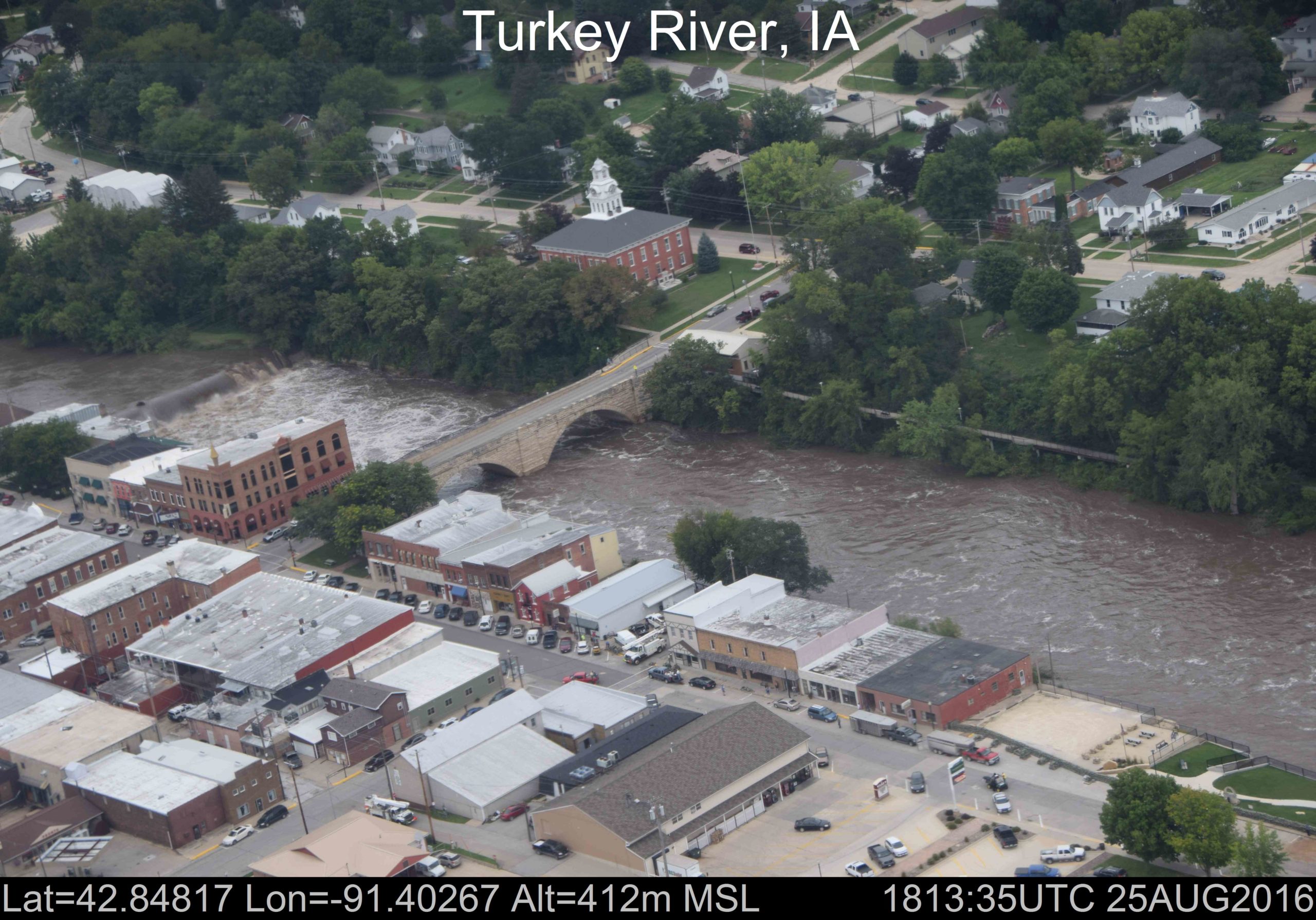Throughout my time in Iowa, I would find myself at a field day or conference looking at a graph showing nitrate levels in water. Before volunteering with the Miller Creek Watershed Project, I saw this kind of graph as a series of data points along an undulating line without a concrete connection to the landscape. I drew conclusions about tillage and other land management practices, about weather, about the planting, growing, and harvest seasons, and how this all relates to water. I did not see how these data points, when taken together, tell a story about what is happening in a watershed.
Continue readingFarmers are Covering Iowa
The Iowa Seed Corn Cover Crops Initiative is a new Iowa Department of Agriculture and Land Stewardship Water Quality Initiative project that will run through 2018. This project is through the Iowa Seed Association in collaboration with the Agribusiness Association of Iowa, the Iowa Farm Bureau Federation, Iowa Corn Growers Association, and the Soil and Water Conservation Society.
Continue reading2016 Fall Watershed Academy
A few weeks ago, approximately 70 Iowa-based water professionals came together for the Watershed Academy. This two-day event was co-organized by Iowa State University Extension & Outreach, Conservation Districts of Iowa, the Soil and Water Conservation Society, Iowa Department of Agriculture and Land Stewardship, and the Natural Resources Conservation Service. The Academy sought to provide the latest information on conservation practices and educational resources.
Continue readingMonitoring in the Black Hawk Lake Watershed
Black Hawk Lake is an important recreational resource in Iowa. Recently, the lake has had high levels of algae and turbidity. High levels of algae is problematic because it inhibits the natural function of aquatic ecosystems. Turbidity, or the suspension of particles within a water body, also has a negative impact on water quality. The cloudiness within water systems can affect light penetration and can also reduce the volume water systems can hold, and therefore, reduce the space that aquatic habitat can live in. With support from Iowa Department of Natural Resources and other funding sources, such as the Iowa Water Center, we are monitoring the water quality at three sites in the Black Hawk Lake watershed. This is with the goal of determining the effectiveness of strategies used to address the algae and turbidity problems.
Continue readingPlate of the Union Water Quality Panel Discussion
This year, the Iowa State University Sustainable Agriculture Student Association (SASA) received a national grant from the Plate of the Union Campus Challenge. Part of this sponsorship included hosting a panel on water quality issues
Continue readingWhen it comes to water…
From Melissa Miller, Iowa Water Center Associate Director
What a difference a week makes. Last Friday, my family and I made a lunch and relaxation stop in Elkader on our way to Wisconsin for a weekend getaway. My girls love water, so we walked over the Keystone Bridge for a good look.

Hana, 3, and May, 5 pose near the Turkey River in Elkader on 8/19/16.
Just a week later, Elkader and other Northeast Iowa residents are dealing with severe flooding from torrential downpours earlier in the week that dumped as much as 8″ of rain in some areas, causing damage to homes, businesses, and even killing one person swept away in the flash floods. Some residents had to evacuate their homes and take shelter elsewhere (including fish!). The water that makes these communities peaceful, beautiful places to live and visit can also pose severe challenges.
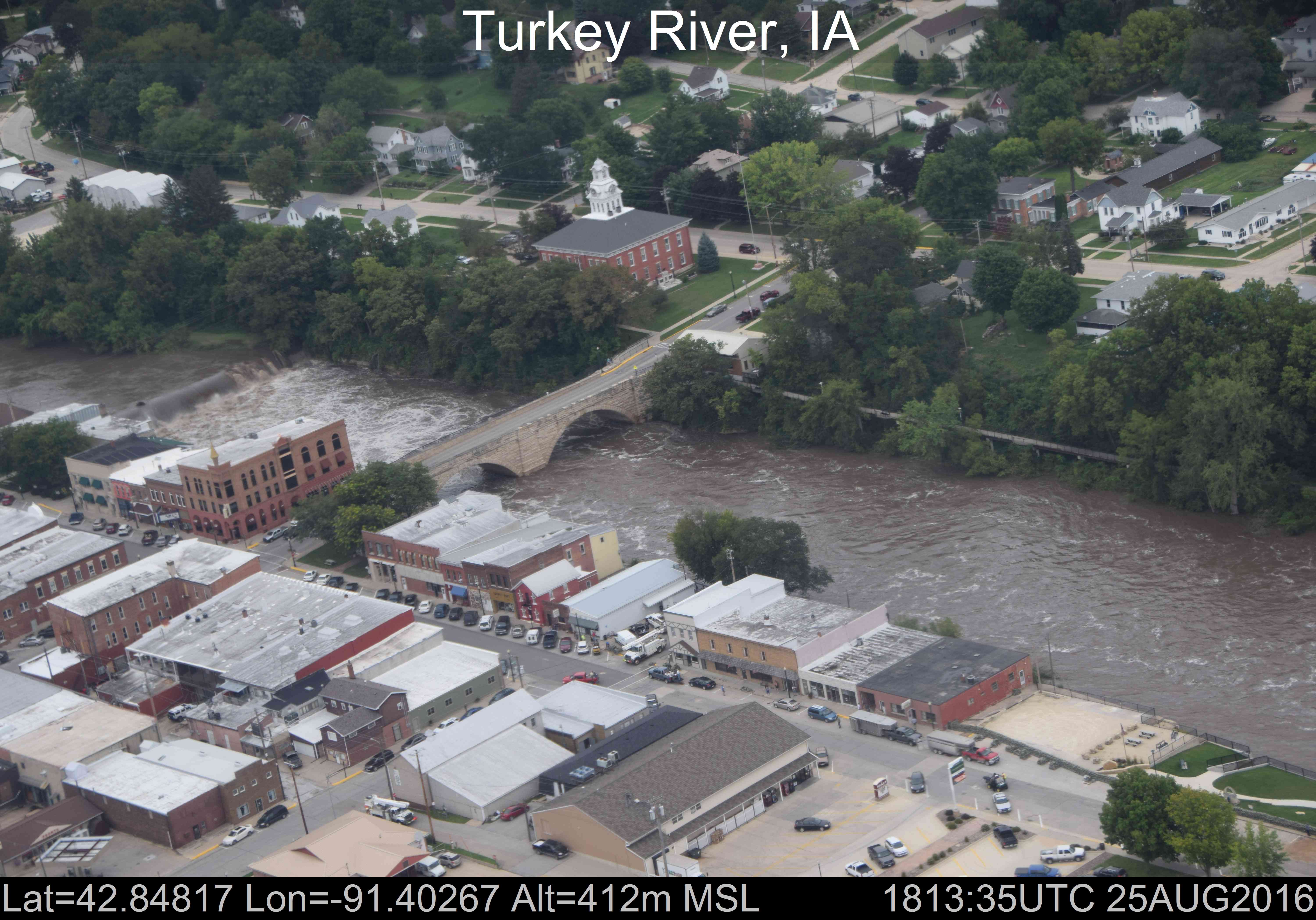
Flooding of the Turkey River in downtown Elkader as taken by NOAA’s National Operational Hydrologic Remote Sensing Center’s Airborne Snow Survey airplanes.
This storm is a solemn reminder of the power of water and the importance of studying it. Our seed grant RFP will be released soon, and this year we are partnering with other Water Resources Research Institutes in the Mississippi and Ohio River Basins to share knowledge so that we’re advancing our understanding together. In addition, the Iowa Watershed Approach has already begun work in communities to help address flood and water quality risks and increase community resiliency to events like the ones this week. Related to flooding, up-to-date flood information is available through the Iowa Flood Information System (IFIS).
IWC’s overarching goal is to improve management of water resources. “Management” might not be the best term, because in many cases, water (and nature) does what it will. There’s a parallel between “managing” water and “managing” children – no matter what you want out of it, the true nature of the water (and the child) will always rise up.
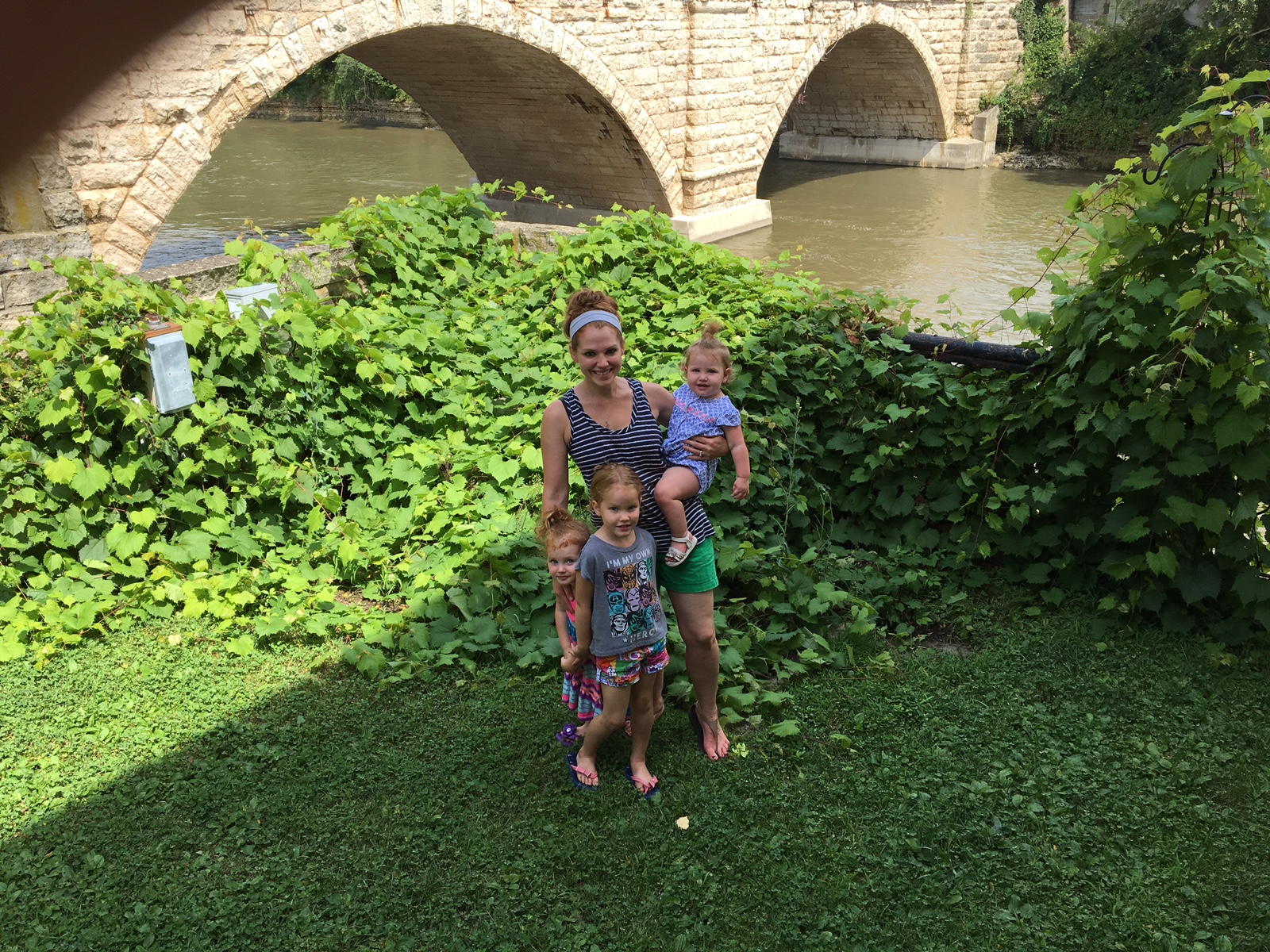
One of many attempts at a “nice” family picture at the Keystone Bridge. Getting kids to look at the camera with serene smiles can be as difficult as telling a river or a rain cloud exactly where to run or when to empty.
